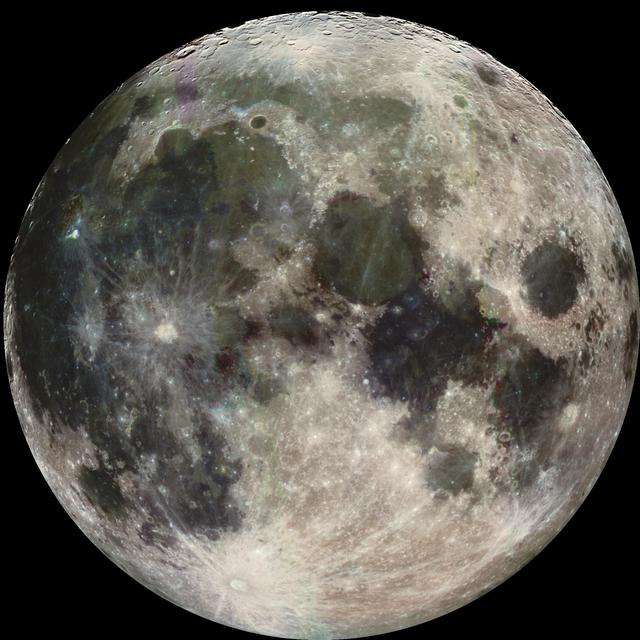Linda Krause and Heidi Haviland (ST13) along with Jeff Apple, Miguel Rodriguez-Otero (ES11), Kurt Dietz (ES52), and Gary Thornton (ES21) contributed to the Planetary Instrument Concepts for the Advancement of Solar System Observations (PICASSO) proposal LVACCS that was selected for funding. Omar Leon (University of Michigan) is the instrument suite PI. Electric charge accumulates on the lunar rovers and landers from ambient plasma, ionizing radiation, suprathermal charged particles, dust, and surface regolith. LVACCS will measure both the positive and negative charge, acts to discharge negative charge buildup, and actively charges the vehicle to a known positive potential. This increases the accuracy and precision of related instruments including dust, plasma, and electric fields. LVACCS builds from heritage systems in geosynchronous orbit but with a much smaller size, weight, and power. LVACCS has two main components: a collimated photoelectron gun (CPEG, led by MSFC), and a spacecraft charge detector (led by the University of Michigan). Within the two years of the award, the instrument will mature from TRL 2 to 5. LVACCS solves the important and timely problem of charge build up at the lunar surface for future lander and rover missions.







